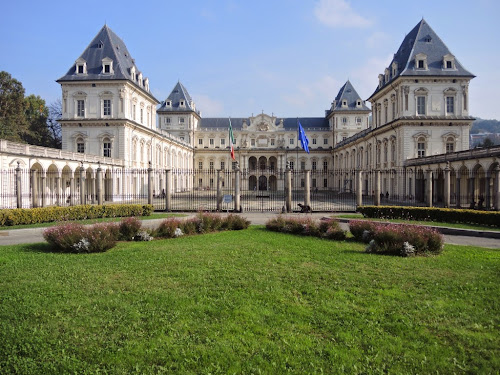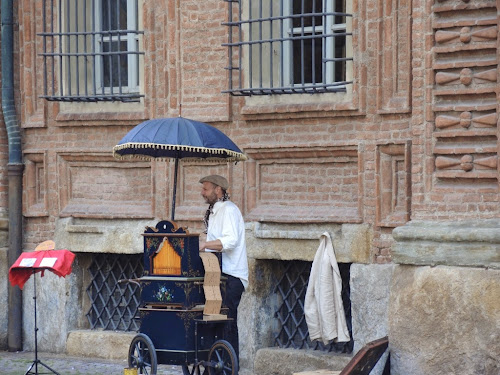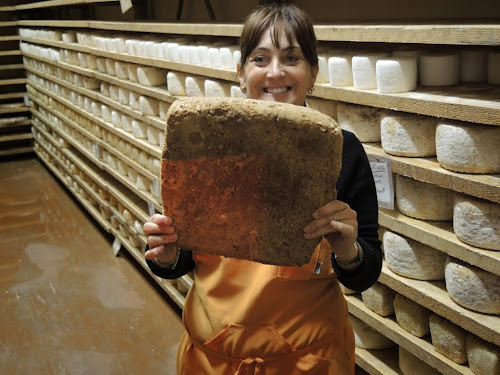We are to emplane at Rome tomorrow Thursday, and to leave room for contingencies took our comfortable 4 hour train trip today. The Frecciarossa is an admirable train and apart from many tunnels the journey is scenic.
We arrived at Termini in time to take in one last item, and after some debate settled on the Costanza Mausoleo which opened for the afternoon at 4.00 pm. A Metro ride got us to the vicinity with time to spare, but as it is unmarked in the neighbourhood we had to ask the citizens the way, though it stands to reason that the only ancient monument group was the way to go. The group included some catacombs, but these did not excite our interest.
There is a recent magnificent detailed description of the Mausleo on TripAdvisor by Vincent M titled "nexus of Pagan and Papal Rome" which is recommended to be read in full before a visit. However here is the readers' digest of what he has to say:
The mausoleum was built on a country estate owned by the family of Constantine the Great, on the north side of the ancient via Nomentana, well outside the Aurelian Walls. The name derives from the traditional belief that the mausoleum was built by Constantine the Great for his eldest daughter, Constantina. "Costanza" and Constance are variants of Constantina, but the imperial daughter, although Christian, was actually about as saintly as Torquemada. Scholars now concur that Constantine's building was an earlier one, long gone, and that the Mausoleo di Santa Costanza was actually built by Julian II, for his wife, Helena, another Christian daughter of Constantine. Upon this mausoleum’s completion, the sarcophagus of Constantina was moved to it, to join that of her younger sister .
A drum supports the dome via 12 Roman arches and the whole is supported by 12 pairs of columns which both may have been intended as allusions to the 12 apostles. If so, they are the most important ORIGINAL Christian elements remaining. The beautiful porphyry sarcophagus of Helena is now in the Vatican museum, (mislabeled as Constantina’s) and a plaster replica has been placed in the niche opposite the mausoleum entrance. There is a circular ambulatory, with a barreled vault, around the pillars. On a sunny day, the 12 windows under the dome provide some bright beams of light slanting down to whatever is directly in line with the sun. Other than that, it's quite somber inside.
The original 4th century mosaics are of enormous interest, but so are two important Christian mosaics in the niches on the north and south sides of the vault. They date from the 5th to 7th centuries, and are two of the earliest extant examples of a "Christ in Majesty," which uses a stylistic composition originally reserved for Roman emperors, but substitutes Christ for Caesar.
If you stand directly in front of the traditio clavius at the south niche (a declaration of Christian dominion), and look immediately above, you’ll see the most astonishing artistic juxtaposition that I’ve ever stumbled across: a thoroughly pagan mosaic of Roman teamsters hauling in cartloads of grapes, and devotees of Bacchus drinking the vino and cavorting about in Dionysian ritual madness in temples, all with an elaborate background of grapevines (see photo). The Christian church has never been shy about moving into pagan digs.















































